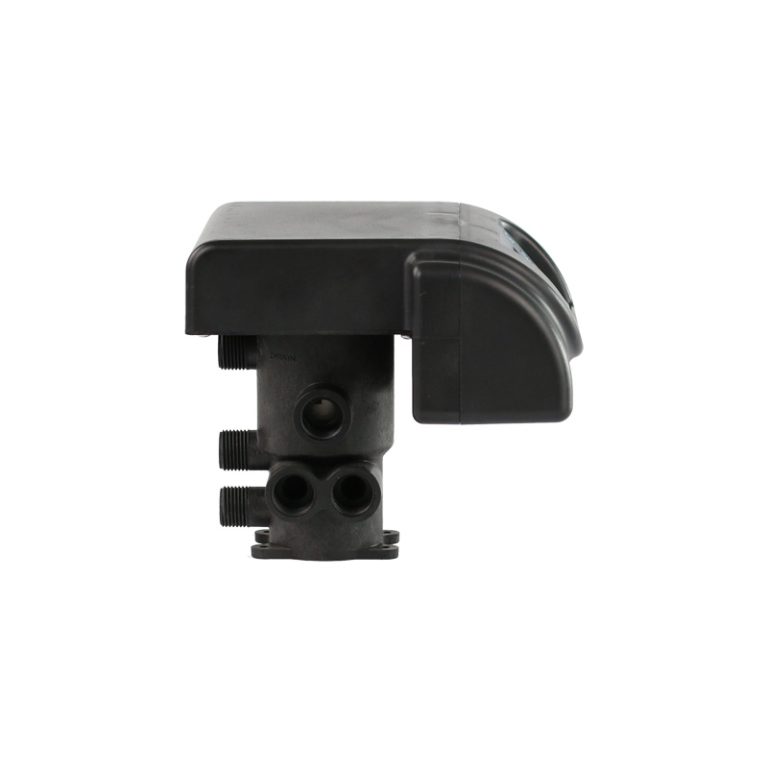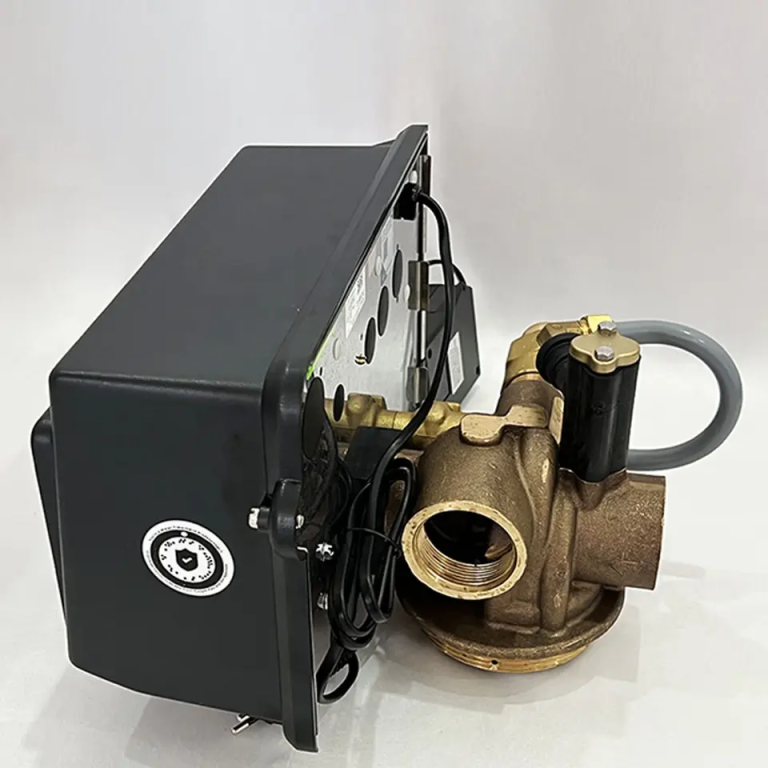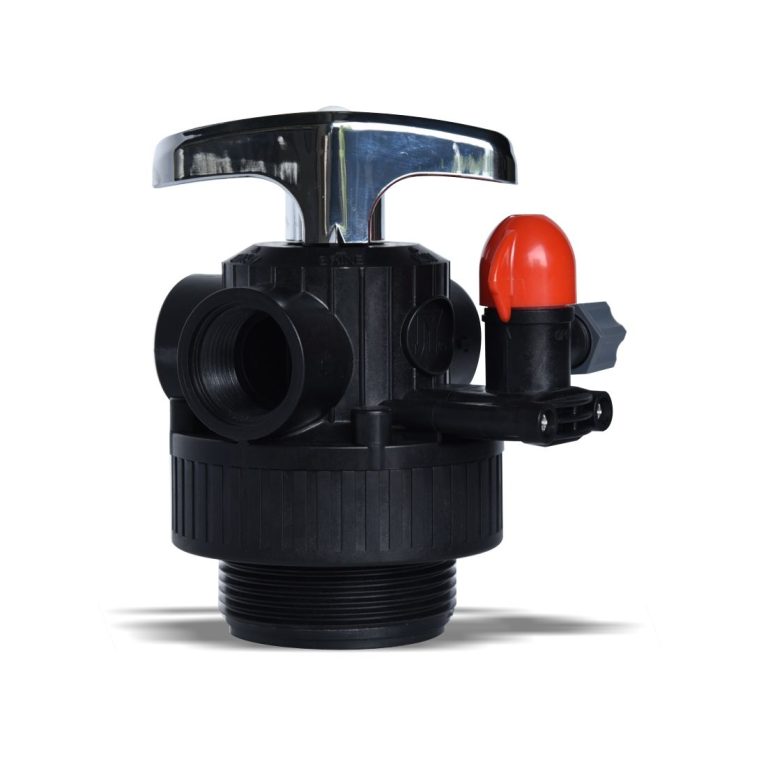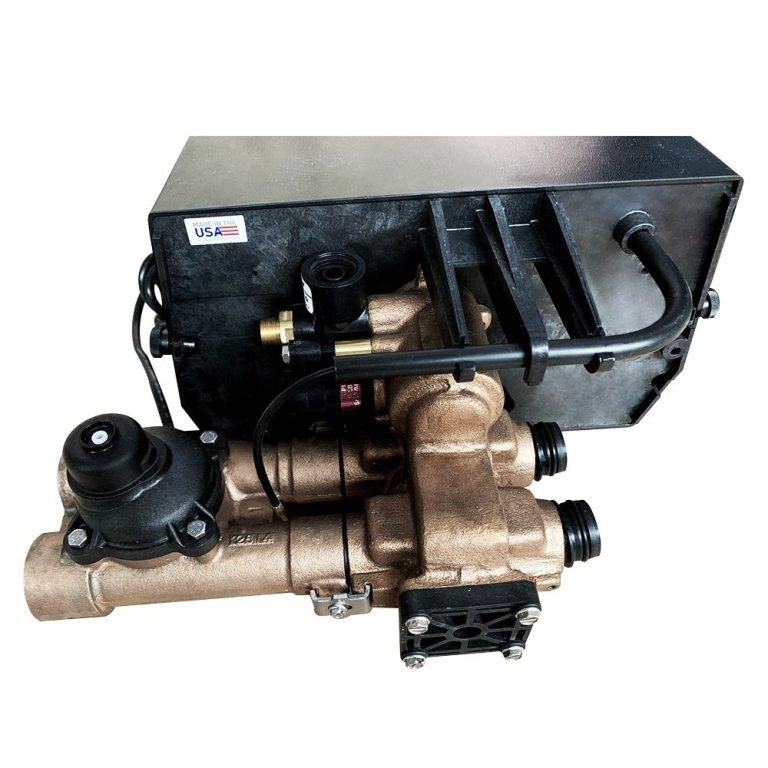“Filtering water: removing impurities, not essential minerals.”
Table of Contents
The Impact of Water Filtration on Calcium Levels
Water filtration is a common practice used to remove impurities and contaminants from drinking water. Many people rely on water filtration systems to ensure that their water is safe and clean to consume. However, there is a common misconception that water filtration also removes essential minerals, such as calcium, from the water. In this article, we will explore the impact of water filtration on calcium levels and whether or not filtering water removes calcium.
Calcium is an essential mineral that plays a crucial role in maintaining healthy bones and teeth, as well as supporting various bodily functions. It is commonly found in drinking water, either naturally occurring or added during the water treatment process. Some people may be concerned that water filtration systems remove calcium along with other impurities, leading to potential health risks.
It is important to note that not all water filtration systems are created equal. Some filtration methods, such as reverse osmosis, are designed to remove a wide range of contaminants, including minerals like calcium. Reverse osmosis works by forcing water through a semi-permeable membrane that traps impurities and minerals, resulting in purified water. While this process effectively removes contaminants, it also eliminates beneficial minerals like calcium.
| Model: Manual Filter Valve | MF2 | MF2-H | MF4 | MF4-B | MF10 |
| Working Position | Filter -> Back wash -> Fast rinse ->Filter | ||||
| Regeneration mode | Manual | ||||
| Inlet | 3/4” | 3/4” | 1” | 1” | 2” |
| Outlet | 3/4” | 3/4” | 1” | 1” | 2” |
| Drain | 3/4” | 3/4” | 1” | 1” | 2” |
| Base | 2-1/2” | 2-1/2” | 2-1/2” | 2-1/2” | 4” |
| Riser pipe | 1.05” OD | 1.05” OD | 1.05” OD | 1.05” OD | 1.5”D-GB |
| Water Capacity | 2m3/h | 2m3/h | 4m3/h | 4m3/h | 10m3/h |
| Working Pressure | 0.15-0.6Mpa | ||||
| Working Temperature | 5-50 °C | ||||
| Power Supply | No need Power | ||||
On the other hand, other filtration methods, such as activated carbon filters, are designed to remove impurities like chlorine, sediment, and odors, while leaving minerals like calcium intact. These filters work by adsorbing contaminants onto the surface of the carbon, allowing clean water to pass through. While activated carbon filters may not remove all contaminants, they are effective at improving the taste and odor of water without stripping it of essential minerals.
In general, most water filtration systems do not significantly impact calcium levels in drinking water. While some methods may remove trace amounts of calcium along with other impurities, the overall impact on calcium intake is minimal. It is important to consider the type of filtration system being used and its specific capabilities when evaluating its impact on calcium levels.
For individuals who are concerned about their calcium intake, there are alternative sources of this essential mineral besides drinking water. Dairy products, leafy greens, nuts, and fortified foods are all rich sources of calcium that can help maintain adequate levels in the body. Additionally, calcium supplements are available for those who may need additional support in meeting their daily requirements.
In conclusion, water filtration systems vary in their ability to remove contaminants and minerals like calcium. While some methods, such as reverse osmosis, may remove calcium along with other impurities, most filtration systems do not significantly impact calcium levels in drinking water. It is important to choose a filtration system that meets your specific needs and preferences while also considering alternative sources of calcium to maintain a balanced diet. Ultimately, the decision to filter water should be based on individual preferences and health considerations.
How Different Water Filtration Methods Affect Calcium Removal
Water filtration is an essential process that helps remove impurities and contaminants from water, making it safe for consumption. One common concern among consumers is whether filtering water removes essential minerals like calcium. Calcium is a vital mineral that plays a crucial role in maintaining healthy bones and teeth, as well as supporting various bodily functions. In this article, we will explore how different water filtration methods affect calcium removal.
One of the most popular water filtration methods is activated carbon filtration. Activated carbon filters work by trapping impurities and contaminants in the water, such as chlorine, sediment, and volatile organic compounds. While activated carbon filters are effective at removing these contaminants, they do not remove calcium from the water. Calcium is a mineral that is not easily trapped by activated carbon, so it remains in the water even after filtration.
Another common water filtration method is reverse osmosis. Reverse osmosis systems use a semi-permeable membrane to remove impurities and contaminants from water. The membrane has tiny pores that are small enough to trap molecules of contaminants, including calcium. As a result, reverse osmosis is effective at removing calcium from water, along with other minerals and impurities. However, it is important to note that reverse osmosis also removes beneficial minerals from water, so it is essential to re-mineralize the water before consumption.
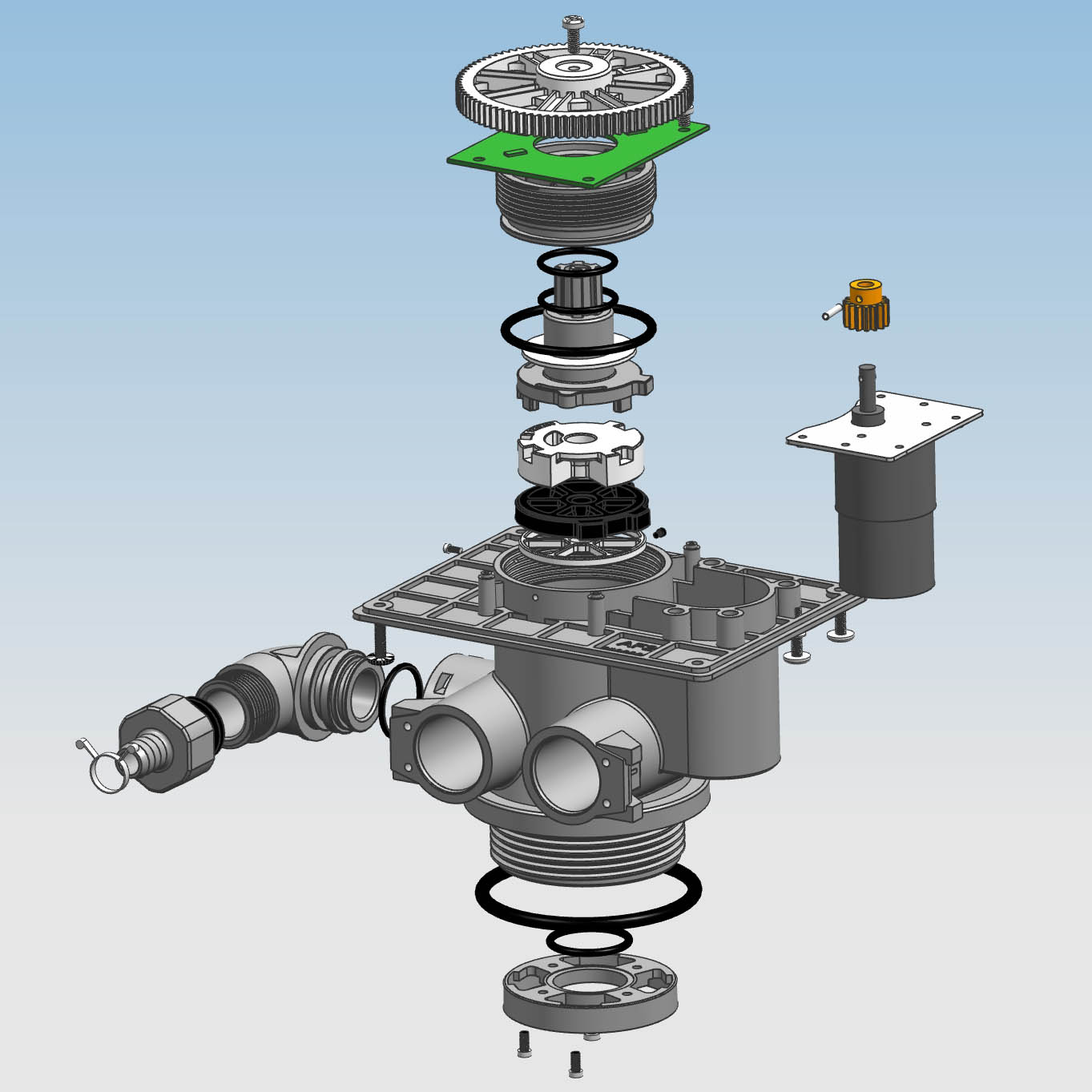
Ion exchange is another water filtration method that can affect calcium removal. Ion exchange filters work by exchanging ions in the water with ions in the filter media. These filters are effective at removing calcium and other minerals from water, as they trap the ions in the filter media. However, like reverse osmosis, ion exchange filters also remove beneficial minerals from water, so it is important to re-mineralize the water before drinking.
One of the most natural ways to filter water is through a ceramic filter. Ceramic filters work by trapping impurities and contaminants in the tiny pores of the ceramic material. While ceramic filters are effective at removing bacteria and sediment from water, they do not remove calcium. Calcium is a mineral that is not easily trapped by ceramic filters, so it remains in the water even after filtration.
In conclusion, different water filtration methods affect calcium removal in various ways. Activated carbon filters do not remove calcium from water, while reverse osmosis and ion exchange filters are effective at removing calcium along with other minerals. Ceramic filters, on the other hand, do not remove calcium from water. It is essential to consider the impact of water filtration on calcium removal when choosing a water filtration system. Additionally, it is important to re-mineralize water that has been filtered using methods that remove beneficial minerals like calcium. By understanding how different water filtration methods affect calcium removal, consumers can make informed decisions about their water quality and health.

